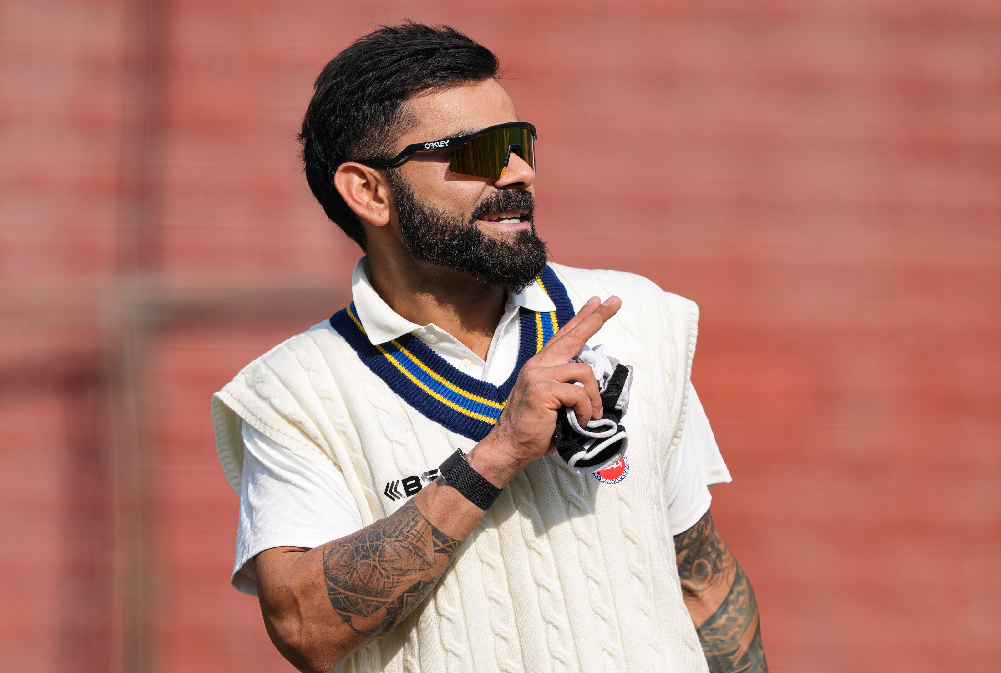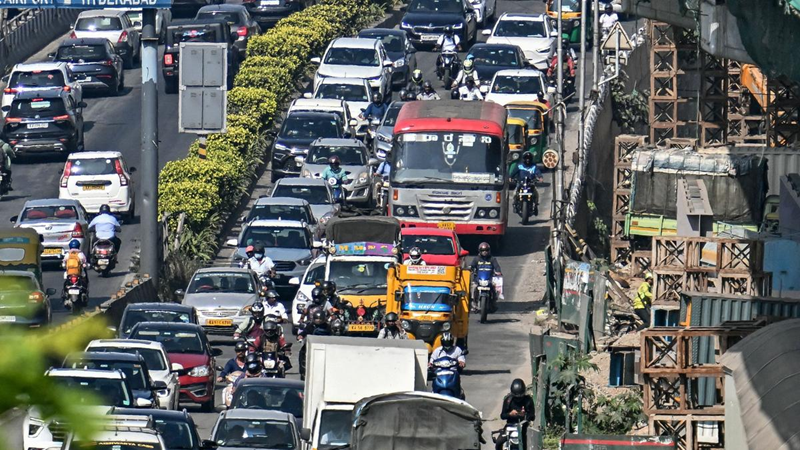
Dealing with the Modern Curse of Plastic Waste
The United Nation’s Environment Programme has chosen “Solution to Plastic Pollution” as the theme of the World Environment Day observed on Monday (June 5).
Non-degradable (not compostable in simpler terms), plastic has emerged as the biggest challenge for all those committed to conserve the environment and bring to a halt the planet Earth’s inexorable slide towards climate change.
Plastic was a boon when it first came for mass use, packaging, construction, and as an alternative material for things meant for shorter use. It displaced and replaced costly metals in several sectors of manufacturing. The plastic industry had a roaring success. It was liked for its lightness, for it did not add to the weight of things that were wrapped with it.
It was foldable, collapsible and stretchable. It could carry liquids without soaking a bit of them. The fact that it was inexpensive made it the darling of manufacturers of industrial goods. The realization that it was not disposable altogether dawned late when the mountains of garbage began to render the urban landscape grumpy.
It is now considered the major bane for the environment, hence the UNEP’s initiative towards educating the world on its deleterious impact on the environment .It is now clear that there is no getting away from the stranglehold plastic has established on human existence.
The UNEP statistics point out that every minute, the equivalent of one garbage truck of plastic is dumped into our oceans. Of the 9.2 billion tons of plastic produced between 1950 and 2017, around 70 per cent has turned into plastic waste, ending up in landfills or dumped.
Today, global plastic production is reaching 400 million tons annually (as per the 2021 figures). Bureaus monitoring industrial production project plastic production to be of the order of 1.1 billion tons annually by 2050.
India is a major producer of plastic goods. India generates around 3.4 million tons of plastic waste annually.
Marico Innovation Foundation in a report released in January this year noted that only 30% of the plastic waste generated within the country is recycled.
Over a five-year period, the plastic consumption within the country has risen at a compounded annual growth rate (CAGR) of 9.7% to 14 million tons in 2016-17 to 20 million tons in 2019-20.
Plastic waste output too has doubled between the said period.Carelessly disposed plastic items now choke waterways; clog the urban sewerage; cause blockages during monsoons; lead to fires during summers; stagnate water in the swamps, turn them putrid and thereby into ideal hatcheries for mosquitoes; get into guts of cattle; their microparticles released into the air are entering into blood stream and are stated to be the major reason for cancer.
It is now time to say enough is enough. The Union Government’s Ministry of Environment, Forest and Climate Change notified the new Solid Waste Management Rules in 2016. These emphasised segregation of waste into solid and wet categories at the collection point. It had suggested recycling for plastic and biomethanation for organic waste. But Contractor-Corporator-Bureaucrat nexus has not allowed the rules to be honoured with compliance.
Plastic waste continues to be dumped into landfills, often turning them into infernos.
Unless the general citizenry is made aware of ‘refuse, reuse and recycle’ module and trained to contribute in a big way in reducing plastic, the most modern curse of the age is least likely to disappear from the scene.
 English daily published in Bengaluru & Doha
English daily published in Bengaluru & Doha






